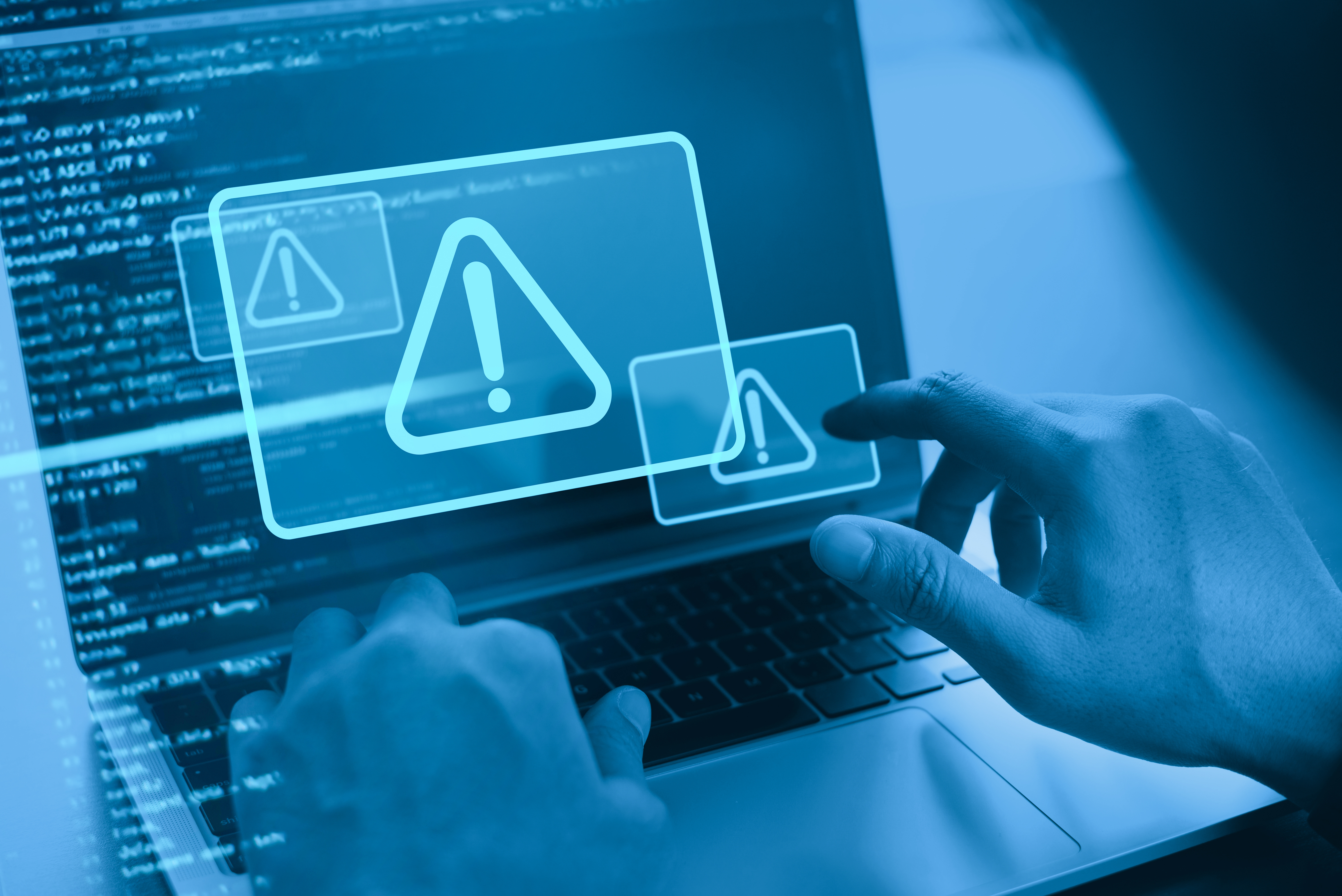Ed Tech Blog

Teaching is often thought of as a one-way street where knowledge flows from teacher to student. However, anyone who has spent time in a classroom understands that teaching and learning is much more of a two-way street. In fact, students can be among the greatest teachers we have. Over the course of a school year, teachers come to realize that their students teach them valuable lessons—not only about education but about life itself. These lessons span a wide range of themes including curiosity, resilience, empathy, adaptability, communication, and joy. As we reflect on the past year, it becomes clear that the learning journey is not exclusive to students; educators gain insight, inspiration, and growth from their students every day.
Rediscovering Curiosity and Wonder
One of the most striking things teachers learn from their students is the power of curiosity and wonder. Students often approach the world with fresh eyes, asking questions that may seem simple or even challenging. Their natural inquisitiveness pushes teachers to revisit assumptions, deepen their own knowledge, and sometimes even explore new ideas alongside their students. The enthusiasm and eagerness to understand the world around them serve as a powerful reminder that learning should be a lifelong journey. Teachers are inspired to maintain their own sense of wonder and to foster environments where questions are encouraged and exploration is celebrated. This lesson in curiosity is not only fundamental to education but also essential for personal growth throughout life.
Lessons in Resilience and Perseverance
Throughout the school year, teachers witness their students facing a variety of challenges—whether academic hurdles, social obstacles, or personal difficulties. What often stands out is the resilience students show in these moments. Many demonstrate remarkable strength and determination, learning to adapt and persevere despite setbacks. This resilience teaches educators the importance of persistence and...
Read more: Learning Together: Valuable Lessons Teachers Gain from Their Students

In today’s evolving educational landscape, student empowerment is no longer an abstract ideal—it’s a concrete necessity. Schools striving to build inclusive, collaborative environments are recognizing that giving students real responsibility fosters deeper engagement, stronger relationships, and lasting personal growth. One remarkably effective way to nurture student ownership and leadership is through student-led meetings, particularly weekly all-school gatherings facilitated and run entirely by students. These meetings offer a consistent platform for students to build confidence, practice leadership, and shape a shared school culture that is truly theirs.
From Adult-Led to Student-Driven: A Paradigm Shift
Traditionally, school meetings have been designed and directed by adults—principals, teachers, or administrative staff—who often use the time to make announcements, address concerns, or highlight achievements. While these meetings serve an important functional purpose, they can sometimes reinforce a passive culture where students are simply recipients of information. Shifting to a student-led model turns that passive experience into an active one. When students are the organizers, presenters, and facilitators of weekly school-wide gatherings, they are no longer bystanders—they become engaged participants and decision-makers.
This transition from adult-dominated spaces to student-driven ones does not mean chaos or lack of structure. Rather, it reflects a deeper trust in students’
Read more: The Power of Student-Led Meetings: Building Leadership and School Culture

In schools across the world, culture is not defined by the posters on the walls or the policies in the handbook. It is shaped by the daily interactions, values, and expectations shared by students, teachers, administrators, and support staff. A positive school culture doesn’t just happen by chance—it requires intentional effort and reflection. One of the most powerful tools school leaders have to foster this kind of transformation is inquiry. By asking thoughtful, strategic questions—and truly listening to the answers—leaders can unlock new levels of trust, collaboration, and inclusivity.
Here are three pivotal questions that, when embraced as a regular practice, can genuinely transform the culture of any school. These questions help uncover hidden issues, amplify unheard voices, and reinforce a shared commitment to growth and empathy.
1. Whose voices are missing from this conversation?
This deceptively simple question is a cornerstone of inclusive leadership. Every school hosts a range of stakeholders—students, teachers, administrative staff, support personnel, families, and community members. Yet, despite best intentions, many school decisions are made by a small group of individuals, often those in leadership roles or with the loudest voices. This question forces leaders to stop and assess who might be unintentionally excluded from...
Read more: Transforming School Culture Starts With These 3 Questions

Managing a noisy, chaotic middle school classroom can sometimes feel like an uphill battle. Middle school students bring a unique blend of energy, curiosity, and sometimes impulsiveness that can quickly escalate into disruptive noise and distraction. For any teacher, finding effective ways to calm the classroom and regain students’ attention is crucial for productive learning. Fortunately, there are proven, teacher-tested routines and strategies that can help restore calm quickly and create an environment where focus and respect thrive. By understanding and applying these techniques, teachers can transform chaos into calm with ease and confidence.
The Importance of Consistency in Classroom Management
One of the most important aspects of classroom management is consistency. When students know exactly what to expect from their teacher and understand the signals that indicate it’s time to focus, they respond much faster and more willingly. Establishing clear, consistent attention-getting routines helps build a predictable classroom culture where students feel secure and know the boundaries. It’s essential to introduce any new routine clearly and take time to model it, practicing it with students so that it becomes a familiar and automatic response. When routines are used regularly and consistently, students come to recognize them as clear cues...
Read more: How to Calm the Chaos: Effective Ways to Quiet a Middle School Classroom

QR codes have seamlessly integrated into daily life across schools, offices, and public venues. These compact, scannable squares provide quick, touchless access to information and services, such as class attendance, lunch menus, event registrations, and even digital payments. Despite their convenience, QR codes have become the medium for a growing cybersecurity threat known as quishing — a form of phishing that uses QR codes as the delivery method to deceive users into compromising sensitive information.
Quishing is essentially a modern twist on traditional phishing scams. Cybercriminals generate malicious URLs and embed them within QR codes, which they then distribute through emails, posters, flyers, or social media posts. When a user scans the QR code, they are redirected to a fraudulent website designed to impersonate legitimate portals like school district login pages, parent survey sites, or IT support pages. Because the fake sites are crafted to look authentic, unsuspecting users may enter private information such as usernames, passwords, or even financial data. Once this information is submitted, it immediately falls into the hands of attackers, who can then exploit it for identity theft, unauthorized system access, or financial fraud.
Why Quishing Is Especially Dangerous
What sets quishing apart and makes it...
Read more: Quishing: The Hidden Cyber Threat Lurking in Your District’s QR Codes

Artificial Intelligence (AI) is no longer just a futuristic concept—it is a present-day tool transforming how we live and work. From customer support chatbots and personal assistants to complex data analysis platforms and automation software, AI solutions are reshaping industries and streamlining operations. While the benefits of AI are significant, blindly adopting these tools without proper scrutiny can lead to ethical mishaps, data breaches, or wasted resources. It’s not enough for a tool to simply work—it must be secure, fair, and aligned with your specific needs.
Before integrating any AI tool into your workflow, whether you’re an individual, a business, or a public agency, you need to ask some tough but necessary questions. Below, we explore key considerations to ensure that your adoption of AI is thoughtful, responsible, and ultimately effective.
What Problem Are You Solving?
One of the first and most important questions to ask is: Why do I need this AI tool? The market is filled with intelligent-sounding platforms that promise automation, innovation, and transformation. However, adopting technology without a clear purpose can waste time and money. Before bringing in an AI system, identify the specific problem you are trying to address. Is it to reduce manual tasks?
Read more: Responsible AI Adoption: What You Must Know Before Choosing a Tool
- Building a Positive School Culture: How to Support Constructive Behaviors in Elementary Students
- Building Future Innovators: Why Early STEM Education Matters in K–12
- Write, Reflect, Remember: Empowering Students to Use Notes for Deeper Learning
- The Help-Seeking Gap: 3 Powerful Shifts to Empower Every Student
